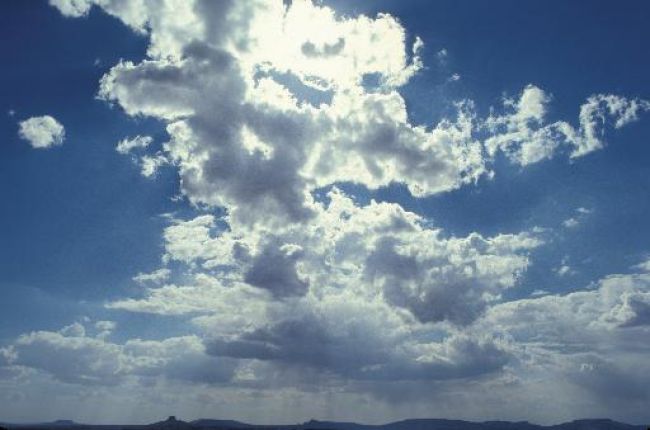
It is easy to understand how climate can vary over very large areas, because of slight changes in temperature or rainfall. Climates can also vary over very short distances. Local differences in climate are described by the term "microclimate." Low-lying areas are often colder at night than higher ground nearby. On clear nights, the ground is chilled as its heat is radiated out to space. The cold ground then chills the air near the ground. The chilled air is slightly denser than the overlying air, so it tends to flow slowly downhill, in the same way that water flows downhill. The cold air "ponds" in low areas. These are places where the first frosts of autumn are earliest and where the last frosts of spring are latest. If you ever have a chance to plant fruit trees, plant them on the highest ground around!
In hilly areas, north-facing slopes get less sunshine than south-facing slopes. Local temperatures on the north-facing slopes are colder than on south-facing slopes in both summer and winter. In areas with winter snows, the snow melts much later north-facing slopes.





